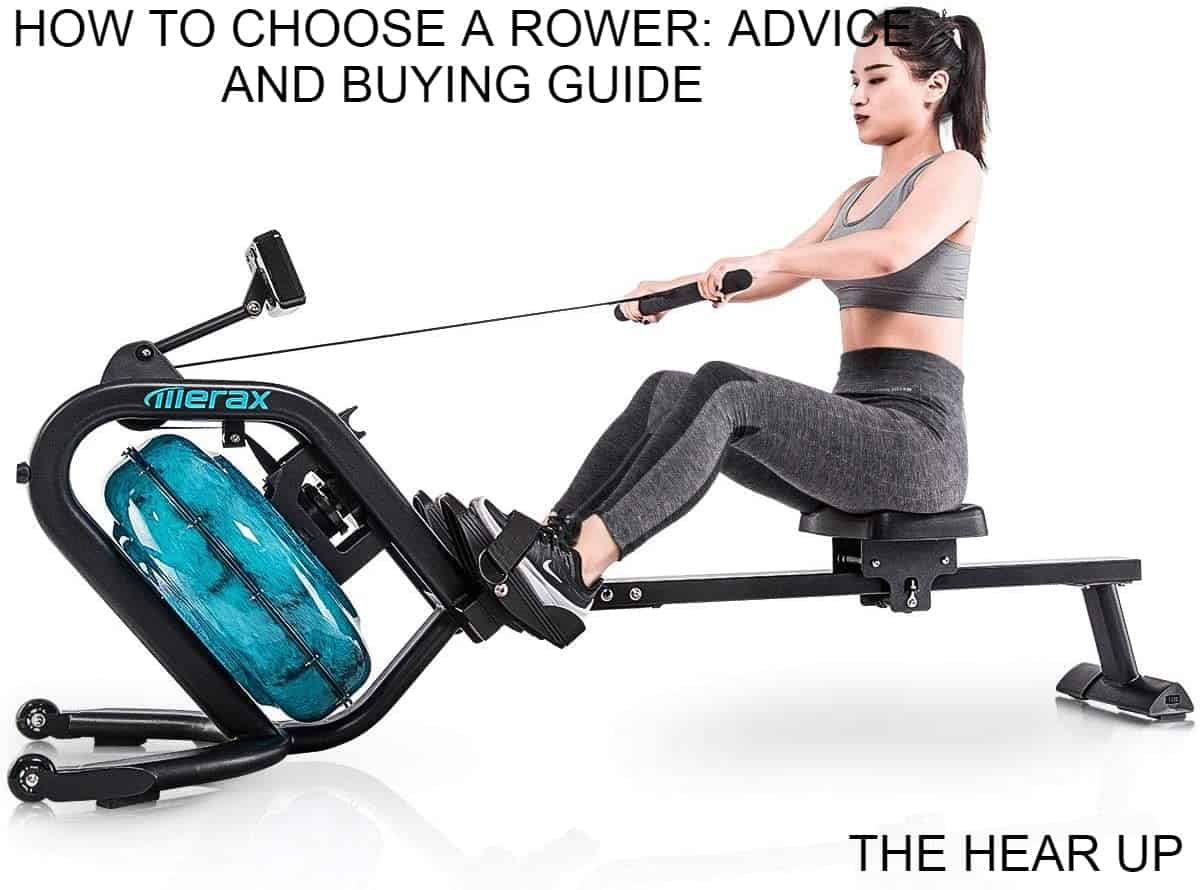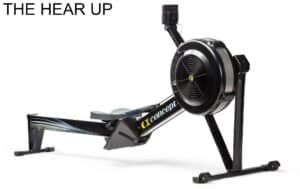Latest News
HOW TO CHOOSE A ROWER: ADVICE AND BUYING GUIDE

The right resolutions are made and you are ready to embark on home sports sessions! For this, you have opted for a very complete fitness equipment with many benefits: The rower! But how do you find your way among the multitude of models? Which rower to choose? No need to row! Our buying guide will help you find the right rower for you!
Very complete sports equipment, the rower is now part of all sports halls worthy of the name. Its main advantage is to tone and firm the figure while avoiding unsightly muscle gain. Ideal for preserving joints and tendons, it is an essential ally in a sports rehabilitation or recovery program.
The different types of rowers
The central draft rower
It is particularly recommended in the context of cardio training and endurance goals. It offers greater symmetry of movement than the Scandinavian rower, for harmonious results on the silhouette. Very quiet, its grip is naturally intuitive and the right balance of flexion-extension alternation is found from the first sessions. It solicits both the upper and lower body muscles for the complete work of the organism.
Particularly appreciated by the general public for home use and simpler to master than the Scandinavian rower, the central traction rower will quickly bring you all its benefits on your body. The gesture is acquired instinctively so that you will just have to focus on your effort. It will assure you a great fluidity of movement and by choosing your resistance you will be able to directly control the intensity of your efforts according to your capacities.
The Scandinavian rower
It consists of two oars reminiscent of those of an oar. You will perform well guided back and forth movements synchronously. The Scandinavian rower is therefore easier to use than the Latin rower! Indeed, with its previously established oar movement, you will only have to pull the 2 oars with your arms. Your legs and arms will be bent and you will work a wide variety of muscles (legs, thighs, abdomen, back, arms, …). Scandinavian rowers are light, handy, and practical.
The Latin rower
The Latin rower will be more faithful to the movements of rowing and will be more suitable for great athletes! It will offer a more advanced technique and performance. It is distinguished by the character of the movements carried out. Oars tend more towards crossed movements. The strokes of the oars are only partially guided, which gives the user a great deal of leeway.
Once the movement has been synchronized, this type of rowing machine makes it possible to effectively work on targeted muscle groups (arms, shoulders, thighs, calves, and abdominal belt). Note however that the coordination between all your members is more complicated to acquire because more specific, it is all the more the case if you are completely new to the subject.

The resistance system
Whether hydraulic, air, water, or electromagnetic pistons, the resistance system, also called the braking system, will influence your rowing practice.
A rowing machine with magnetic braking
It consists in breaking the lifter chain (central drawbar) by means of two magnets which will move closer together. This action can be done manually via a thumbwheel or motorized, directly from the console for more precise control. The ideal system for regular use, it will satisfy beginners and people in rehabilitation. Pre-recorded programs are available on motorized magnetic resistance rowers.
The electromagnetic braking rowing machine
In this case, the braking resistance of the lifter chain is provided by an electromagnet. The braking is thus particularly precise and silent, for optimal train comfort. Pre-recorded programs are available on this type of rower.
Rower with water resistance
The latest arrival on the market is the resistance system which is closest to that of rowing since it too is based on the resistance of water. Silent rower, he will accompany you in your most intense efforts. The harder you row, the greater the resistance!
Rower with air resistance
Air resistance is exerted in this case by means of fins set in motion by the pulling action of the lifter. Thus, the resistance will be proportional to the pulling force that you will exert on the central pull bar. Although fluid, this system is not the quietest in the range.
Sebastian was born and raised in the busy city of Abbottabad. As a journalist, Saad Mushtaq has contributed to many online publications including the PAK Today and the Huffing Post. In regards to academics, Saad Mushtaq earned a degree in business from the Abbottabad UST, Havelian. Saad Mushtaq follows the money and covers all aspects of emerging tech here at The Hear Up.Thanks










